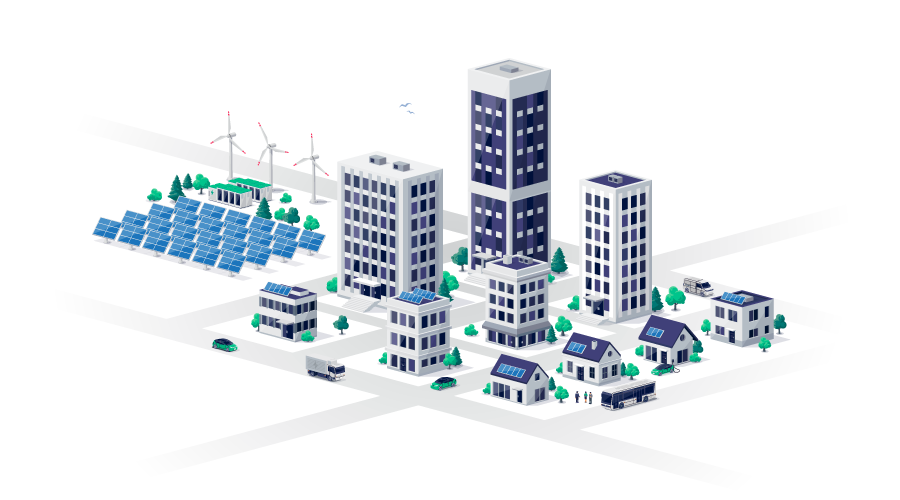ASHRAE, DOE Aim to Boost Energy Efficiency
Under a new agreement, ASHRAE and the U.S. Department of Energy (DOE) will work to increase building energy efficiency standards for the year 2010 by 30 percent over 2004 standards.
Under a new agreement,
ASHRAE and the
U.S. Department of Energy (DOE) will work to increase building energy efficiency standards for the year 2010 by 30 percent over 2004 standards.
A new memorandum of understanding commits ASHRAE and the DOE to improving the efficient use of energy and the viable and widespread use of renewable energy sources and to minimizing the impact of energy use on the environment, according to ASHRAE.
Under the agreement, ASHRAE and the DOE agreed to work together toward the following goals:
- Promoting and supporting the continuing development of ASHRAE standards related to energy efficiency, indoor air quality and sustainability.
- Supporting implementation of ANSI/ASHRAE/IESNA Standard 90.1, Energy Standard for Buildings Except Low-Rise Residential Buildings, through training programs.
- Supporting the development of guidance for exceeding the minimum efficiencies set by Standard 90.1, and new performance metrics and protocols for building energy efficiency and environmental impact.
- Cooperating in and supporting research into clean and renewable sources of energy, energy efficiency in buildings and equipment, and environmental impact of energy and material use.
- Cooperating in promotion of ANSI/ASHRAE standards adoption in International Organization of Standardization (ISO) standards.
- Working within the building community and related professions to encourage the interoperability of building related software and integrated solutions to increase energy efficiency, health, and productivity in new and existing buildings.
- Ensuring sufficient numbers of qualified building design professionals by promoting and encouraging the study of mathematics and science to pre-college students, the study of building design within college curricula, and the pursuit of continuing education by practicing design professionals.
- Providing and supporting technology transfer to building owners and management about the interrelationships between mechanical systems and building operating costs, noting energy, workplace performance, client satisfaction, and public safety.
- Monitoring the operational, energy and environmental impacts of new counter-terrorism design features, and promoting minimization of those impacts.
Related Topics:











